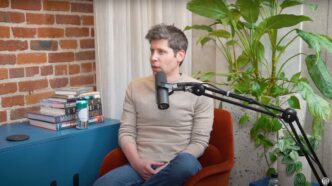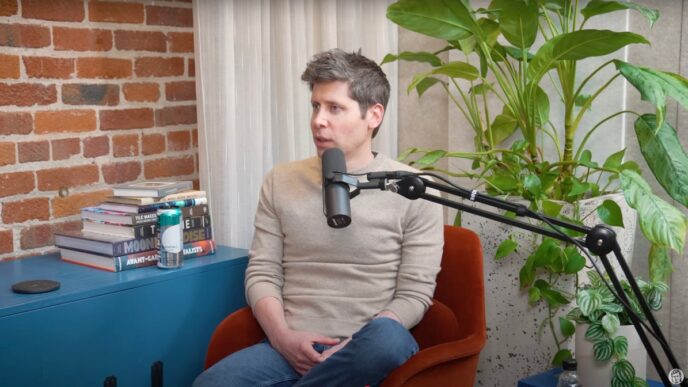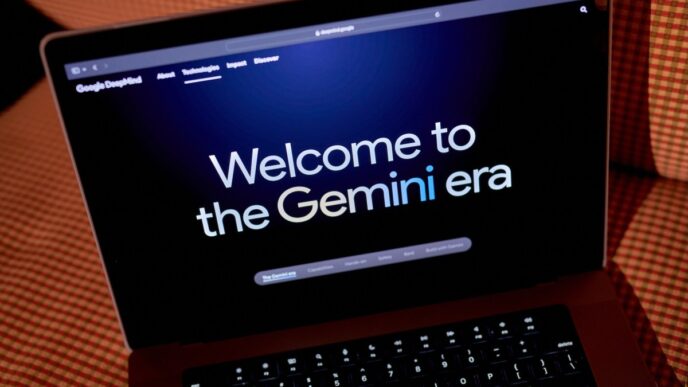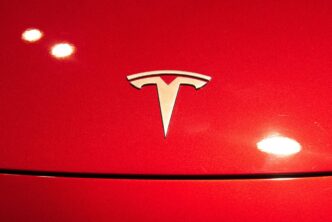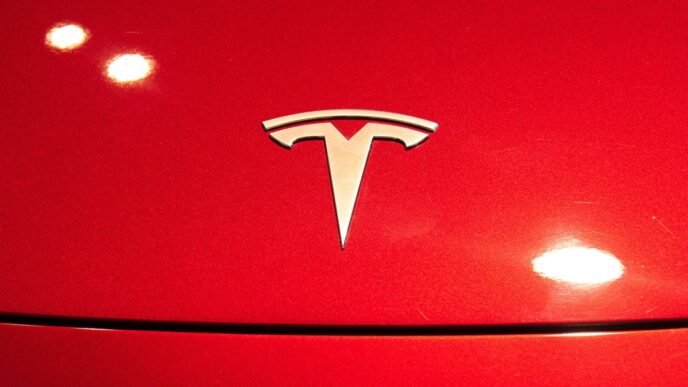Intel is cutting back big time on manufacturing and staff. On July 24, the chip giant scrapped plans for new projects in Germany and Poland and is consolidating test operations. The company now aims to finish 2025 with roughly 75,000 employees.
The shift follows June moves where Intel began planning layoffs of 15-20% in its Foundry division and announced over 21,000 layoffs overall to streamline management and sharpen engineering focus. CEO Lip-Bu Tan, who took the helm in March, is pushing to turn Intel into an engineering-first firm and spin off non-core units like networking and edge businesses.
Nvidia is back in China—sort of. On July 14, Nvidia filed to restart sales of its H20 AI chips in China and announced a China-specific RTX Pro chip. This comes after latest U.S. export restrictions forced Nvidia to take a $4.5 billion hit in Q1 and expect an $8 billion revenue hit in Q2 from licensing rules.
Just a day later, U.S. Commerce official Howard Lutnick linked the green light for Nvidia and AMD chip sales in China to rare earth element trade talks between the U.S. and China. Meanwhile, Malaysia is cracking down on chip exports, requiring 30 days’ notice for shipping U.S. AI chips.
The Trump administration’s AI chip export strategy remains murky. On July 23, a much-anticipated AI Action Plan was released, emphasizing chip export controls and allied coordination but lacking concrete details.
A major AI chip deal with the UAE is reportedly on hold amid national security worries that chips sold there could be smuggled to China.
AMD kept busy too. In June, it pulled in Untether AI’s team—focused on AI inference chips—and acquired AI software optimizer Brium, which helps run AI software on diverse hardware. AMD also bought photonics startup Enosemi in May, signaling a push into silicon photonics.
Nvidia CEO Jensen Huang recently dined at Trump’s Mar-a-Lago, reportedly winning a temporary reprieve for H20 chip exports by promising U.S. investment.
Former President Joe Biden tried to get new AI chip export rules in January—tiering countries by restrictions—but the plan was scrapped by the U.S. Department of Commerce in May. Instead, the Trump administration is crafting its own framework.
Anthropic supports export restrictions. CEO Dario Amodei endorsed chip export controls early this year, arguing they help U.S. AI lead.
China pushed back hard against U.S. rules after a May 13 warning that using Huawei AI chips globally violated U.S. law. China’s Commerce Secretary threatened legal action in response.
This semiconductor and AI chip saga continues to unfold fast, with exports, national security, and global tech dominance on the line.
This story was first published May 9, 2025, and regularly updated.



